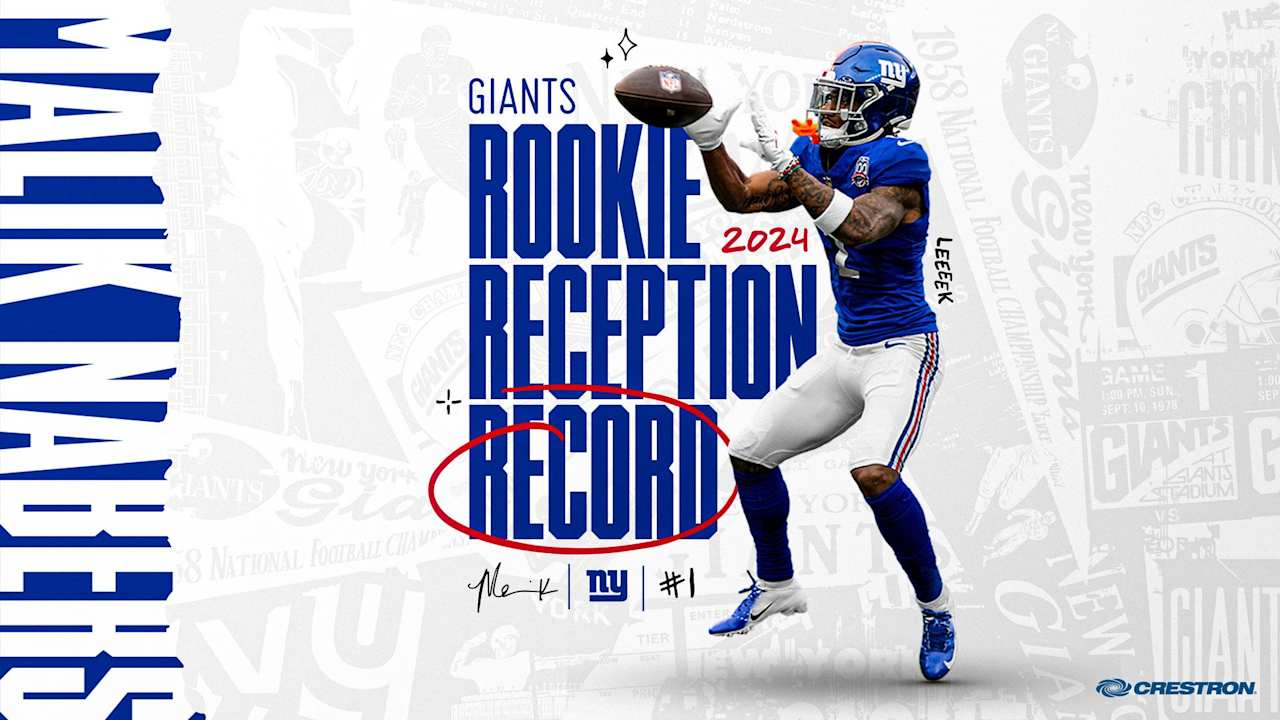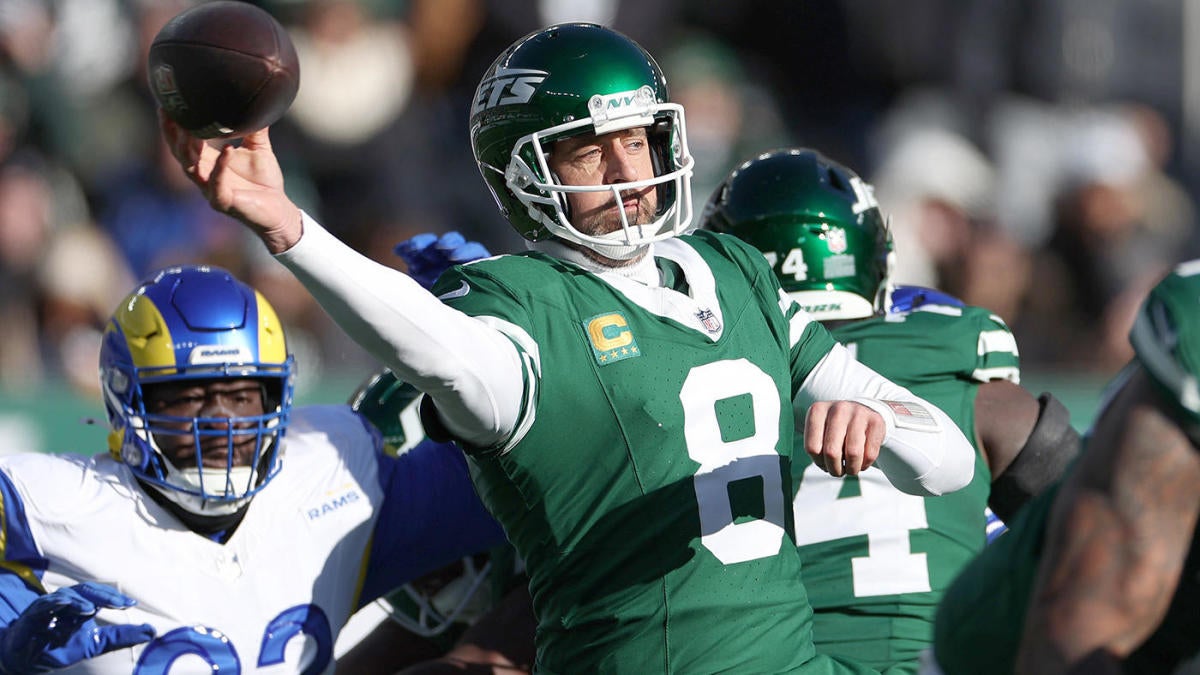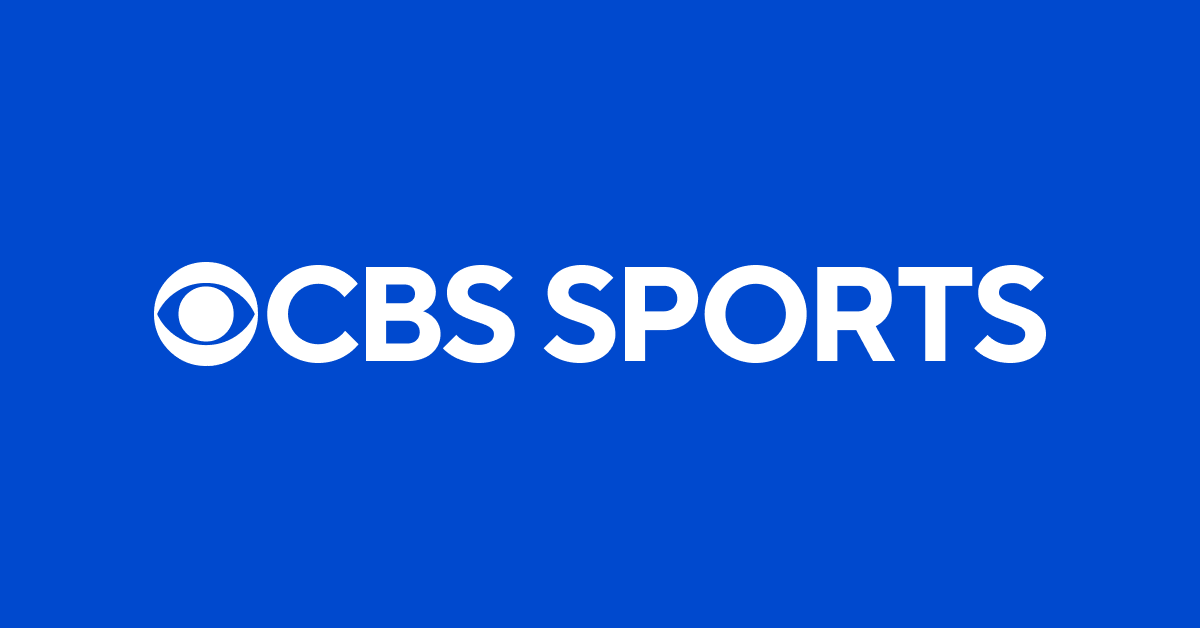Basketball
Why KAT-for-Randle trade may turn ‘best player’ maxim on its head

Towns for Randle. You could hardly draw up a better trade for the worst fears of each team’s fan base.
Did the T’wolves just cheap out on their best team in two decades now that Glen Taylor is back in the owner’s saddle? Did the Knicks needlessly chase an expensive shiny object who happens to be a former Leon Rose client?
Or … did both teams ac the right thing here?
Let’s take a look.
First, the particulars of the trade. The Minnesota Timberwolves will send Karl-Anthony Towns to New York, where we can look forward to a new batch of announcers calling him “Anthony-Towns” for half a season before figuring out his name. In return, the Knicks will send Julius Randle, Donte DiVincenzo and a protected 2025 first-round pick from Detroit to Minnesota.
As a sidebar to the deal, the Knicks will send $8.8 million in salary flotsam to Charlotte and pay the Hornets with draft picks to absorb it. Cap nerds will enjoy the fact that it appears Charlotte will be the first team to use its nontaxpayer midlevel exception as a trade exception, a new wrinkle of the 2023 CBA.
At the time I’m writing this, the exact players and compensation between New York and Charlotte weren’t totally clear, but New York could sign and trade DeQuan Jeffries and Charlie Brown Jr. to bridge the $8.8 million gap needed to make this a legal trade. The Knicks have a stash of multiple future second-round picks to incentivize the trade.
There may also be a small piece from the Wolves to Charlotte to satisfy NBA trade rules; with the Wolves’ roster one over the maximum at 15 players after the trade and Minnesota still $25 million into the tax, it’s possible a player would go outbound to Charlotte.
At first glance, the maxim in NBA trades is that the team that gets the best player ends up winning. Towns is a year younger than Randle, and most observers would say he’s better, too. Additionally, the Knicks had a glaring need on the roster at center, and Towns is more capable of filling that role than Randle.
GO DEEPER
Trade grades: Who won Karl-Anthony Towns, Julius Randle swap?
On the other hand, it’s a salary-cap league, and the money here matters for more than just the owners’ pockets. Towns makes $49.2 million this season, and $53 million next season, going out to a $61 million player option in 2027-28. Randle, meanwhile, has a player option for $30.9 million in 2025-26; in late March, the Wolves could nuke that final year and sign him to an extension for up to four years and $181 million, though they’d be unlikely to go quite that high. Whatever his next contract pays him in 2025-26, it won’t be $53 million; in fact, DiVincenzo and Randle combined are unlikely to make that much.
The upshot of that particular fact is that the Wolves are likely to land well below the second apron in 2025-26 and not have their 2033 draft pick frozen. In fact, if they rework Rudy Gobert’s deal (he has a player option for $46.6 million in 2025-26; he and the Wolves could sign an extension that smoothed out the money) they might even achieve the Glen Taylor fantasy of not owing any tax at all.
More likely, they’ll still be over the tax but will have enough wiggle room to either re-sign Naz Reid or use their nontaxpayer midlevel exception on a replacement. That was unlikely to be the case if Towns stayed on his deal.
The other aspect of this deal is that the gap between Towns and Randle may not be as steep as you think. BORD$ values Towns at $41 million and Randle at $37 million for the coming season. While some of that latter valuation is because Randle is a bit of an innings eater, it’s also because he has more on-ball playmaking juice than Towns and is less likely to throw a hook pass into the seventh row. As long as Randle isn’t damaged goods from a January shoulder injury, this might not be much of a downgrade for Minnesota.
Randle is not Towns’ equal as a shooter or rebounder, and the Wolves are already short on shooting. Enter DiVincenzo. He bombed away from 3 last season (283 makes, 40.1 percent accuracy) and has one of the best contracts in the league. A player BORD$ values at $29 million, he makes only $11.4 million this year and is signed through 2027.
That first-round pick is not nothing either, although it’s a much lesser consideration than these three excellent players headlining the trade. It’s a top-13 protected pick from Detroit that changes to top-11 protection in 2026 and top-nine protection in 2027 before turning into a second. It has a decent chance to be a mid-first-round pick in 2027 especially, but it might end up only conveying as a pick in the 30s in 2027.
The important aspect of his pick is the future trade flexibility for the Wolves, who had no assets of their own left to use in any trades. But a pick like this could grease a mid-sized deal in-season or, more probably, in the 2025 offseason.
So, it’s hard for me to be critical of this deal for Minnesota. Randle arguably fits better next to Gobert and has a much better contract than Towns did, and they got an awesome sixth man and a tradable pick in the process. My projection system had Minnesota adding three wins as a result of this deal, and the Wolves also got more future cap flexibility and received a draft pick.
And for the Knicks? I’m worried this makes their roster too top-heavy and hollows out the wing depth. New York’s remaining group now leans a little too heavily into the Thibodeauian fantasy of using only six players the entire night for all 82 games and hoping they don’t collapse in a heap in the playoffs. (Yes, I just made up a word with five consecutive vowels. Heat-checks aren’t just for players, y’all.)

GO DEEPER
Katz: What’s next for Knicks after Karl-Anthony Towns trade?
Subtracting both DiVincenzo and Randle means Josh Hart is promoted to a starter, and the perimeter depth is … Miles McBride? There’s not a whole lot else here, although veterans like Landry Shamet and Marcus Morris Sr., who signed training camp deals, now have a decent chance of making the roster. Up front New York looks stronger, especially when Mitchell Robinson comes back, and they could potentially trade Robinson for a wing.
Here’s the scary part for New York: This is a win-now trade, and the Knicks’ projection in my system didn’t get better after I input the changes. In fact, it got significantly worse, dropping by 2.5 wins. One can argue that the playoff version of the Knicks would get a different grade, when it is more dependent on the top six players, but that would depend on Thibodeau not killing them all before April. Additionally, New York has little draft capital left to trade and is mere pennies from the second apron cap. It’s likely stuck with this roster until next offseason.
Yes, New York will likely backfill the roster to make the endgame of the trade look a bit better than it does right now. This is one of the league’s most creative front offices, and it has mined the NBA scrap heap pretty effectively in the past.
Nonetheless, this may be a trade where that “get the best player” maxim is turned on its head. The problem of how to eventually dispose of Towns’ mammoth contract was an issue that had loomed over the Wolves’ future almost from the day he signed his extension. Somehow, Minnesota’s front office was able to artfully handle it with two pieces that really fit and make the cap situation much more tenable.
As for New York? Yes, the Knicks solved their starting center problem … but in doing so, they created enough other issues that the cure may be worse than the disease.
(Top photo of Julius Randle and Karl-Anthony Towns: Nathaniel S. Butler / NBAE via Getty Images)






![[!LIVE-FOOTBALL@!]+ Commanders vs Eagles Live Stream ! Atlanta Falcons vs New York Giants LIVE , player stats, standings, fantasy games TV channels and more HS8079 [!LIVE-FOOTBALL@!]+ Commanders vs Eagles Live Stream ! Atlanta Falcons vs New York Giants LIVE , player stats, standings, fantasy games TV channels and more HS8079](https://www.reddotdigitalit.com/wp-content/uploads/2021/05/Streaming-Platform.jpeg)



